Leather and fabric upholstery require dedicated care for optimal preservation. Regular cleaning involves vacuuming, spot-treating stains with gentle cleaners, and avoiding harsh chemicals. Leather types dictate specific cleaning approaches, from full-grain to aniline-dyed. Deep cleaning includes mild soap solutions and conditioning to prevent cracking. Spot cleaning techniques target wine, ink, and pet messes promptly. Choosing appropriate products, whether natural or chemical, is essential for leather health. Professional services offer specialized equipment for thorough cleaning. Post-cleaning maintenance tips protect furniture longevity, ensuring a comfortable, hygienic space.
Leather upholstery is a popular choice for homes and vehicles due to its durability and chic appearance. However, proper care is essential to maintain its beauty and longevity. This article guides you through comprehensive leather upholstery cleaning techniques, from understanding different leather types to deep conditioning. Learn effective spot cleaning methods, treating common stains, and selecting the right cleaning products. Discover when to seek professional services and tips for post-cleaning upkeep, ensuring your leather remains in pristine condition.
Understanding Leather Upholstery: Types and Care Requirements
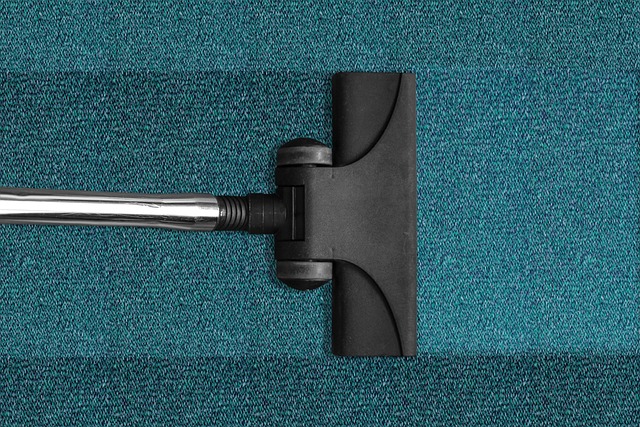
Leather upholstery is a popular choice for homes and vehicles due to its durability and luxurious feel. However, proper care is essential to maintain its appearance and prolong its lifespan. Understanding the different types of leather is crucial in implementing effective upholstery cleaning methods. Full-grain leather, for instance, is known for its natural texture and resilience, while aniline-dyed leather is more delicate and requires gentler treatment. Split leather, a common alternative, offers a balance between cost and durability.
Regular cleaning involves removing dust and debris with a soft brush or vacuum. For deeper cleaning, using a mild soap solution specifically formulated for leather is recommended. Avoid harsh chemicals as they can damage the finish. Testing any cleaning product on a small, hidden area first is crucial to ensure compatibility with the leather type. Proper upkeep includes conditioning regularly to prevent cracking and maintain flexibility, especially in drier climates.
Regular Cleaning: Maintaining the Initial Condition of Your Upholstery

Regular cleaning is an essential part of upholstery maintenance, ensuring that your furniture remains in top condition over time. It’s a simple yet effective way to prevent dirt and stains from setting in, preserving the initial look and feel of your upholstery. A consistent cleaning routine can easily be incorporated into your home or office’s daily or weekly chores.
Start by vacuuming your upholstered surfaces to remove loose debris, pet hair, and dust. For more stubborn stains, use a gentle cleaner suitable for the fabric type, applied with a soft cloth. Avoid excessive water or strong chemicals, as they can damage the leather over time. Regularly cleaning your upholstery not only keeps it looking fresh but also extends its lifespan, making it a worthwhile investment in your home or business’s interior aesthetics and comfort.
Spot Cleaning Techniques for Effective Stain Removal

When it comes to leather upholstery cleaning, spot cleaning is a crucial technique for effective stain removal. It involves targeting specific areas that require attention rather than treating the entire surface. This method is especially beneficial for leather, as it can be easily damaged by over-saturating or using harsh chemicals. By quickly addressing stains with the right tools and products, you can prevent them from setting in and becoming more difficult to remove.
For spot cleaning leather upholstery, start by identifying the type of stain. Different substances require different approaches. For example, a wine stain might need an absorbent cloth to blot excess liquid, followed by a specialized cleaner to break down the dye. Always test any cleaning solution on a small, hidden area first to ensure it doesn’t cause discoloration or damage. Using gentle, pH-neutral cleaners and microfiber cloths will help maintain the leather’s integrity while effectively removing stains.
Dealing with Common Leather Stains: Wine, Ink, and Pet Mess
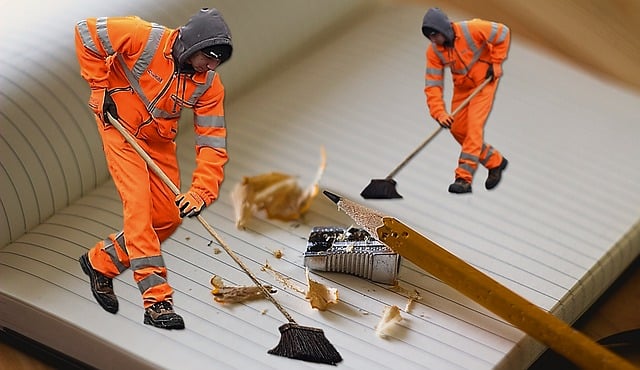
When it comes to leather upholstery cleaning, tackling common stains is often a top concern for homeowners. Three prevalent issues include wine, ink, and pet messes. Each requires a specific approach due to their unique compositions. Wine stains, for instance, can be treated by blotting with a clean cloth immediately and then using a mild detergent or specialized leather cleaner to remove the residue.
Ink stains present a slightly more challenging scenario. It’s recommended to act swiftly, using a sharp blade to carefully scrape off excess ink while being cautious not to spread it further. Following this initial step, a mixture of equal parts water and white vinegar can be gently rubbed onto the stain before blotting dry. For pet messes, whether urine or feces, prompt action is again crucial. Blotting with paper towels or a clean cloth helps absorb excess liquid. Afterward, a mild cleaning solution or vinegar-water mix can be used to sanitize and deodorize the affected area, ensuring a fresh and clean upholstery finish after proper leather upholstery cleaning.
Using the Right Cleaning Products: Natural vs Chemical Solutions

When it comes to leather upholstery cleaning, choosing the right products is essential for effective and safe cleaning. The market offers a wide range of options, from natural to chemical-based solutions. Natural cleaners, often derived from plants and enzymes, are gaining popularity due to their gentle yet powerful cleaning properties. They’re ideal for sensitive fabrics and help maintain the leather’s softness and natural glow. On the other hand, chemical solutions provide robust cleaning power but require caution to avoid damaging the upholstery.
Chemical cleaners can effectively remove stubborn stains and deep-seated dirt, making them suitable for intensive cleaning. However, they might contain harsh chemicals that could crack or fade the leather over time. Therefore, it’s crucial to select products specifically designed for leather and follow usage instructions carefully. Balancing the benefits of natural gentleness and chemical efficiency ensures your upholstery cleaning routine maintains the fabric’s quality and longevity.
Deep Cleaning and Conditioning: Revitalizing Old Upholstery
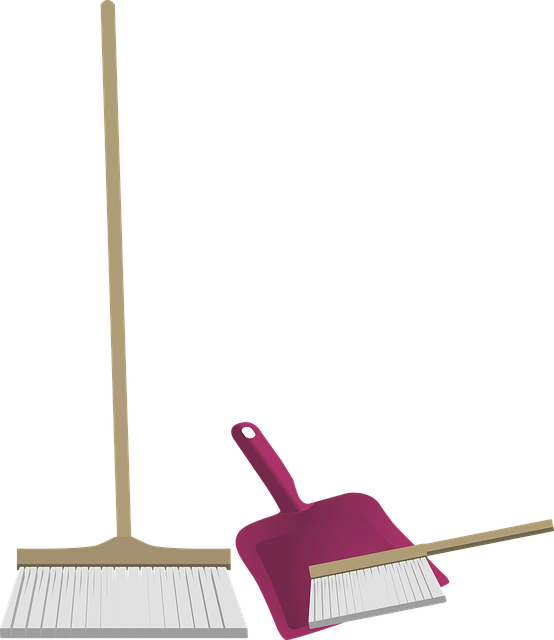
Deep cleaning and conditioning are essential steps in upholstery cleaning, especially for older pieces that may have lost their luster over time. This process involves a thorough cleansing to remove deep-seated dirt, stains, and debris from the fabric fibers. Skilled cleaners use specialized tools and solutions tailored to different leather types, ensuring minimal damage while maximizing cleanliness.
After deep cleaning, conditioning becomes crucial. Applying suitable conditioners helps moisturize the leather, preventing it from drying out or cracking. This step revitalizes the upholstery, enhancing its appearance and texture. Proper conditioning also protects the fabric, making it more resistant to future stains and dirt accumulation, thus prolonging the life of your furniture.
Professional Upholstery Cleaning Services: When to Consider Hiring Experts
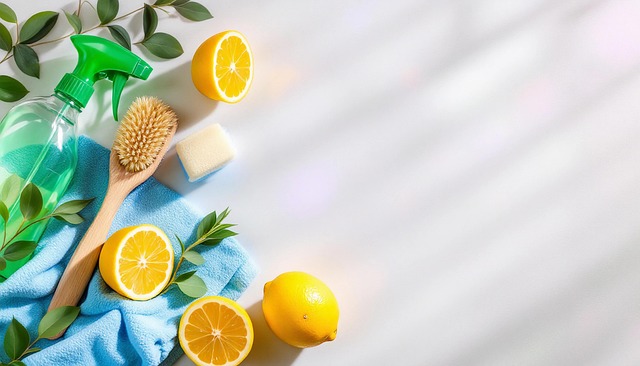
Maintaining clean upholstery is essential for a comfortable and hygienic living space, but tackling stubborn stains and deep cleaning can be challenging. This is where professional upholstery cleaning services come into play. Hiring experts in this field offers numerous benefits, especially for those with busy lifestyles or delicate fabric types.
Professional cleaners are equipped with specialized equipment and eco-friendly cleaning agents designed to effectively remove dirt, allergens, and odors from various fabrics. They understand the intricacies of different upholstery materials, whether it’s leather, fabric, or a mix, and can tailor their cleaning methods accordingly. By leaving this task to professionals, you ensure that your furniture receives the best care, extending its lifespan and maintaining its aesthetic appeal.
Tips for Maintaining Leather Upholstery After Professional Cleaning
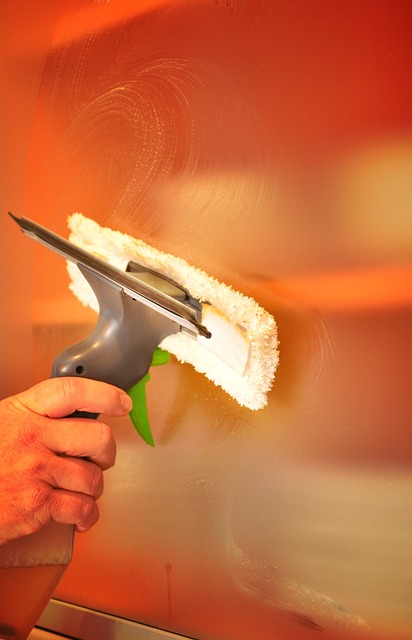
After professional upholstery cleaning, maintaining your leather furniture is key to preserving its quality and extending its lifespan. Here are some essential tips to keep in mind. Firstly, avoid exposing your leather to direct sunlight for extended periods as it can cause fading and cracking. Instead, opt for a well-lit but indirect light source. Regularly dust your furniture using a soft microfiber cloth to prevent dirt and grime buildup.
Moisture is another critical factor. While professional cleaners use specialized equipment, maintaining a slightly humid environment at home can help keep the leather supple. Use a gentle leather conditioner after cleaning to nourish the material, but be mindful not to overdo it; excess moisture can lead to mold and mildew. Lastly, prevent stains by acting promptly. Blot any spills with a clean cloth and consider using protective covers for high-traffic areas to maintain the luster of your freshly cleaned upholstery.
